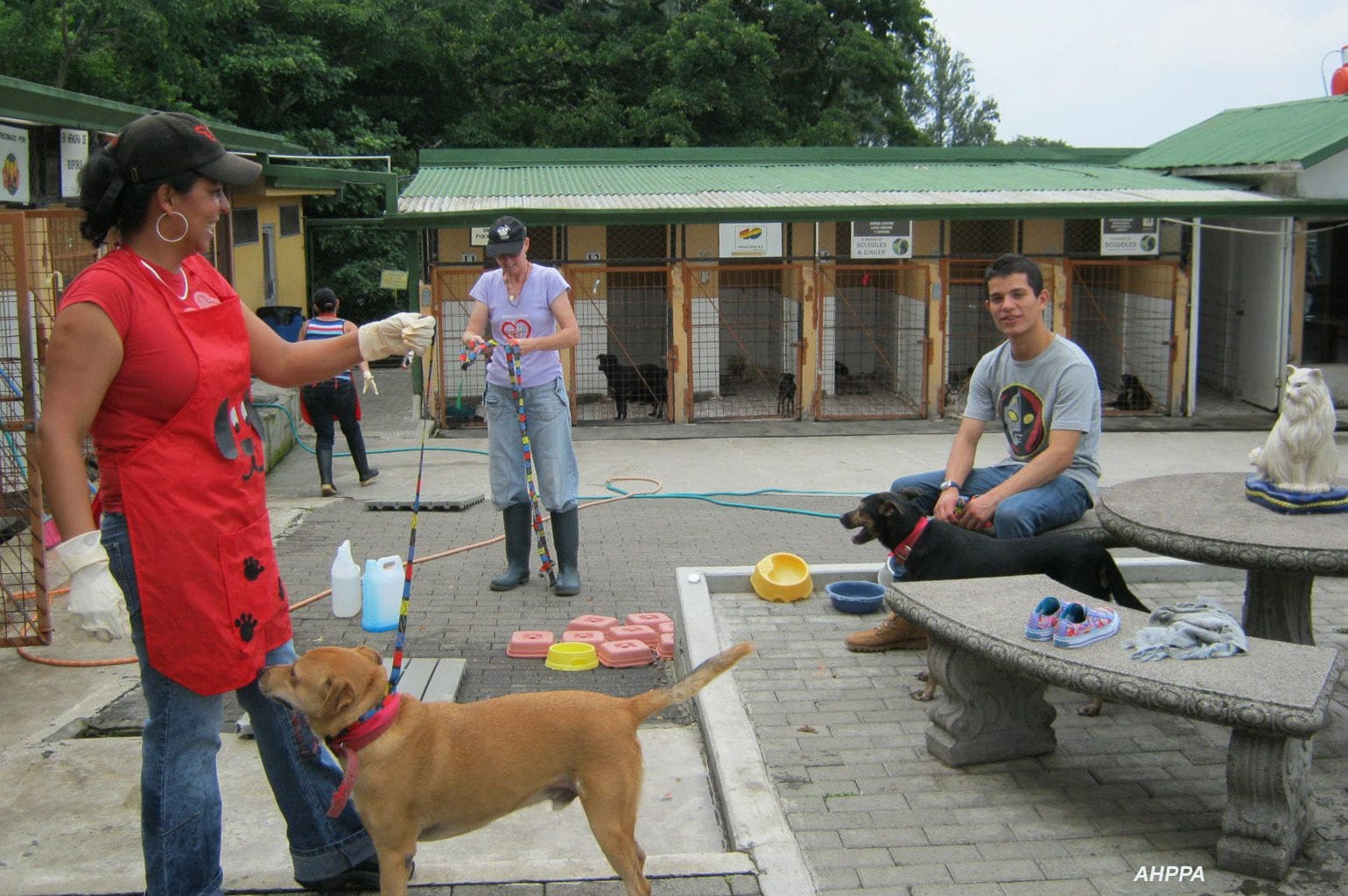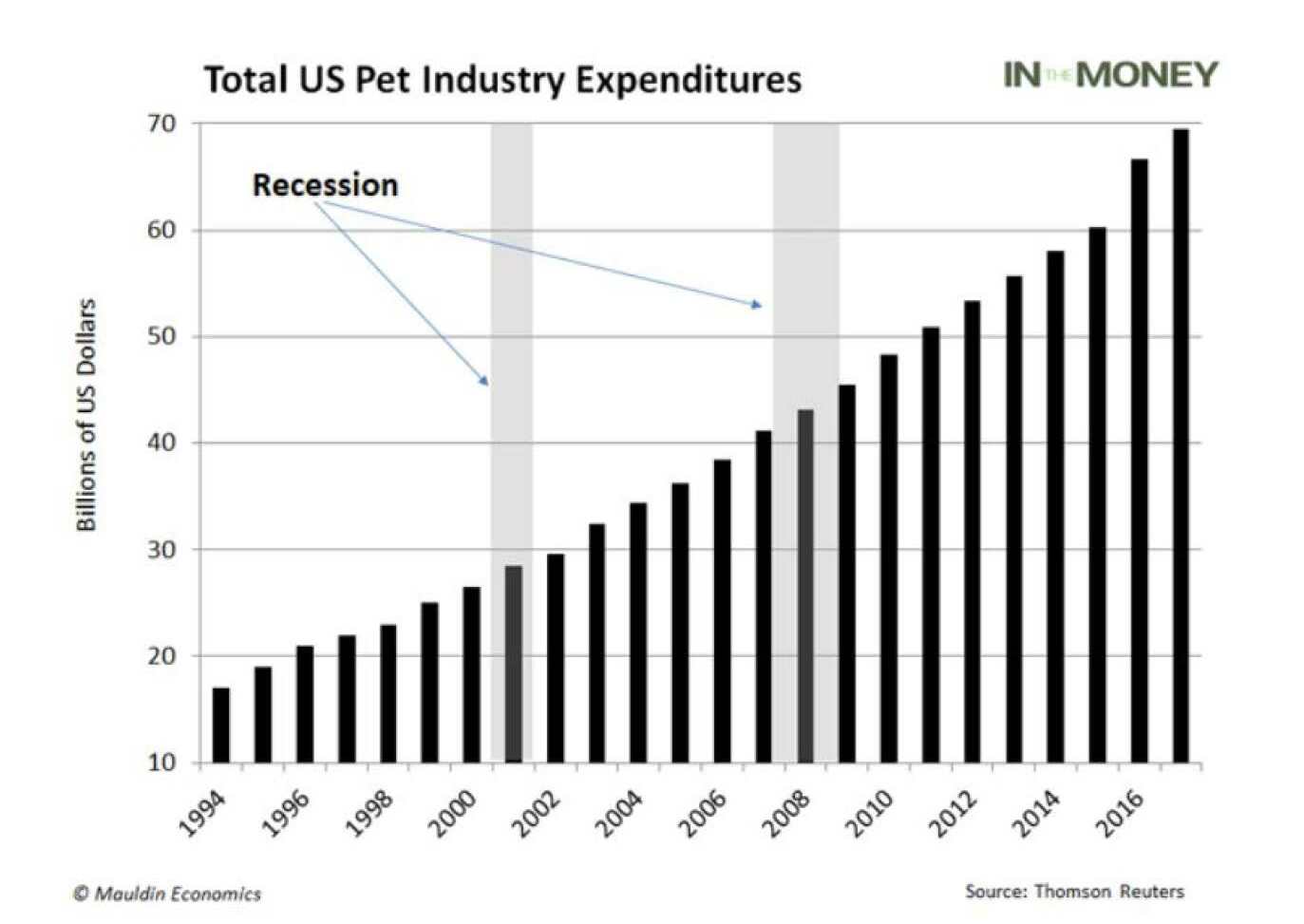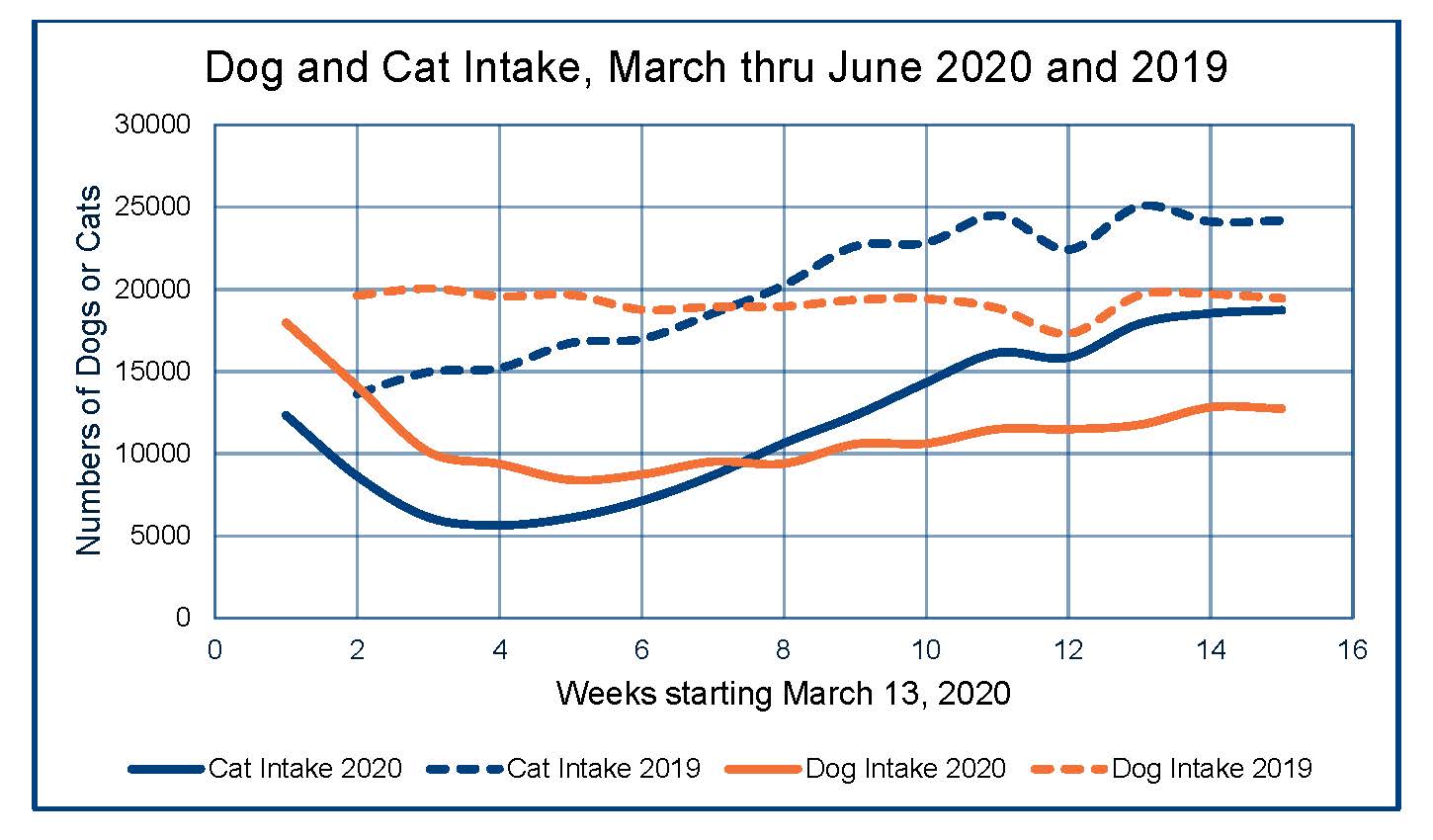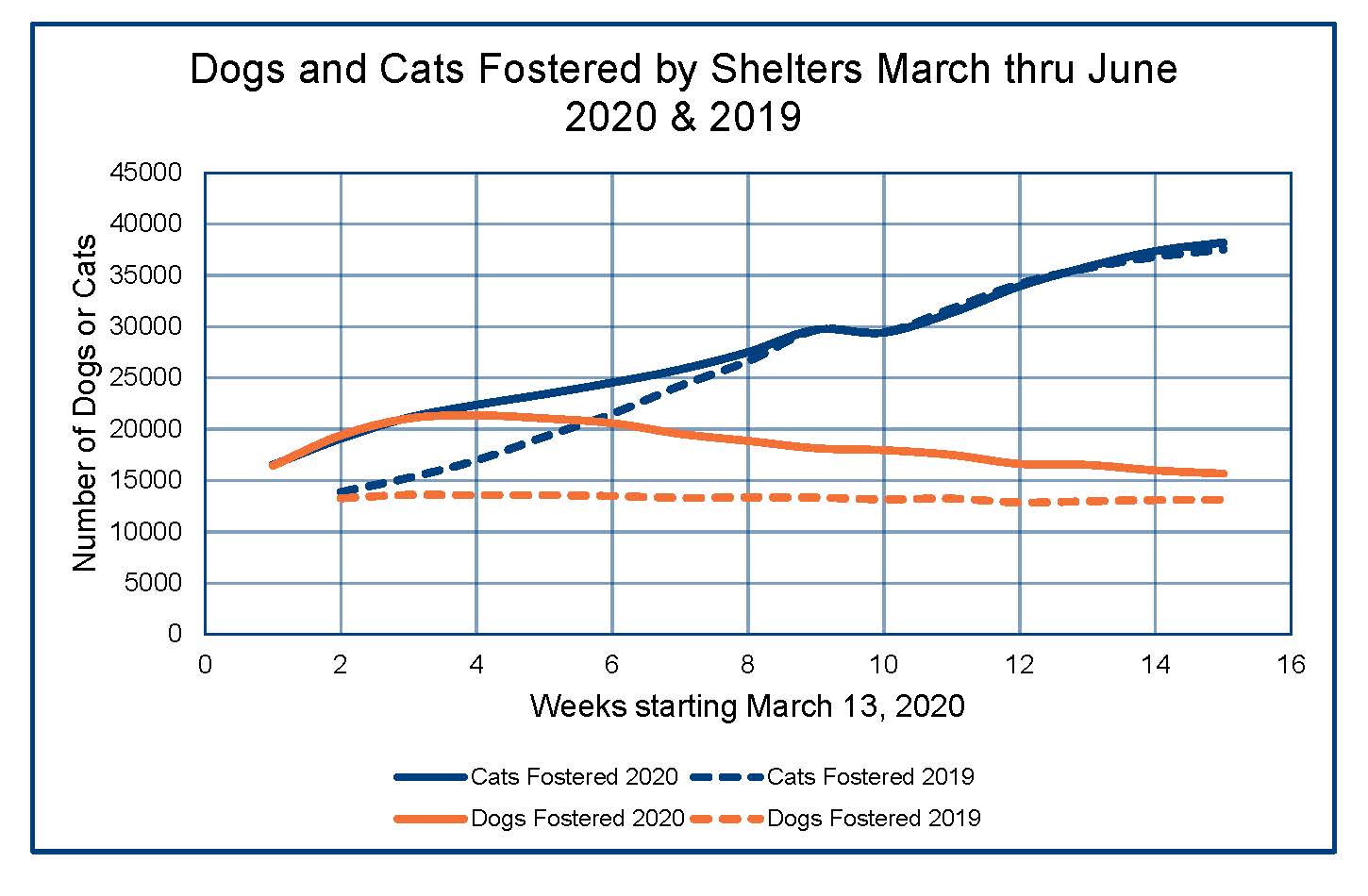
Jun 30, 2020 Companion Animals in a Time of COVID-19
Posted at 04:40h
As we continue to struggle with the current Covid-19 pandemic, it appears that there has been an uptick across the world in the demand for companion animals. In the early phases of the pandemic, there was some concern that our companion animals might be a possible source of infection but, as the infographic from the International Companion Animal Management Coalition indicates, there is very little risk from our pets. There are also reasons, discussed by Professor Alan Kazdin of Yale University in an earlier WBI blog post, why people might be seeking to bring companion animals into their homes at this stressful time.
In the United States, there has been a significant increase in the number of shelter animals being fostered while the number of animals entering shelters fell by almost 50 percent in the early phases of the country’s response to the pandemic. Some shelters in regions hard hit by the pandemic had no animals left for households looking to adopt or foster. At the same time, the demand for puppies being sold by pet stores has also increased and the pet supply industry has been regarded as recession-proof, as the chart below demonstrates. During the recessions of 2001 and 2008-09, spending on pets continued to grow without any noticeable dip. This is not just a North American phenomenon. Demand for pets has been strong in other parts of the world, and humane services have been encouraged. For example, India declared the feeding of street dogs (who lost an important source of food when restaurants and food stalls were shut down) an essential service leading to the development of emergency feeding programs across the country.

From: https://www.marketwatch.com/story/a-recession-proof-industry-you-can-count-on-pet-care-2019-07-02
Now, thanks to weekly reports from PetPoint (a division of PetHealth, a North American pet health insurance and shelter software company), we can track how the pandemic has affected North American shelters in almost real time. PetPoint has been providing monthly reports of shelter intakes and outcomes among the shelters and rescues using their software (around 20 percent of total intake and outcomes) for ten years. Now, during the Covid-19 outbreak, they have been posting weekly reports. The charts below track the intake and fostering numbers for 2019 and 2020.

 As with our understanding of the spread of Covid-19, it is likely that it will take time for us to develop a more detailed picture of the increased entry of companion animals into people’s homes during the pandemic. We can expect to see an uptick in cases of separation anxiety among companion animals when family members head back to school and work. In the meantime, let us applaud PetPoint’s initiative in providing reports of shelter intakes and outcomes on a weekly basis so that we can develop a more granular view of what is happening. North American shelters may have lower intake and increased fostering, but they will also likely have lower staffing levels and possibly reduced funding as donations (and fees) diminish.
As with our understanding of the spread of Covid-19, it is likely that it will take time for us to develop a more detailed picture of the increased entry of companion animals into people’s homes during the pandemic. We can expect to see an uptick in cases of separation anxiety among companion animals when family members head back to school and work. In the meantime, let us applaud PetPoint’s initiative in providing reports of shelter intakes and outcomes on a weekly basis so that we can develop a more granular view of what is happening. North American shelters may have lower intake and increased fostering, but they will also likely have lower staffing levels and possibly reduced funding as donations (and fees) diminish.


